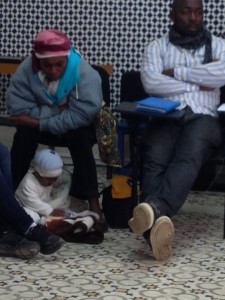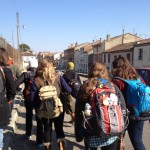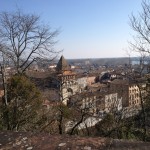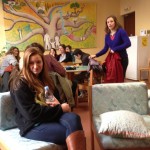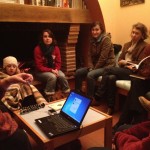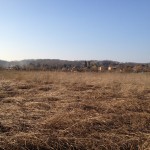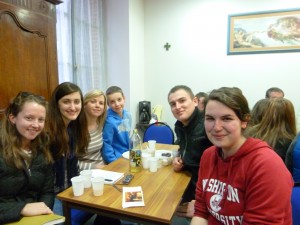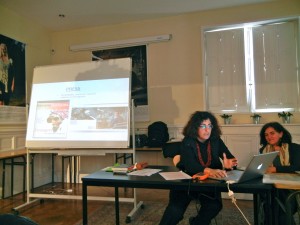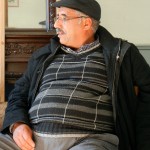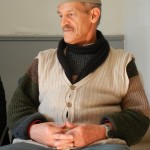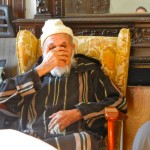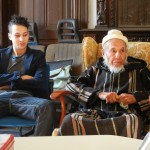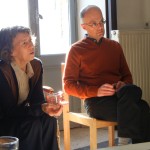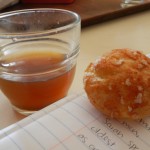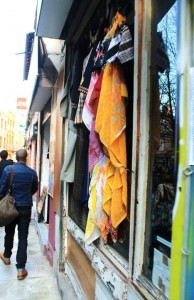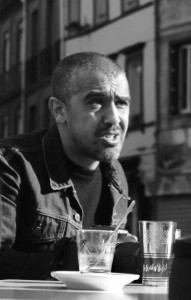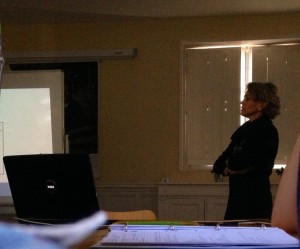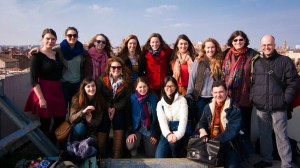By Amy Lane
We were fortunate enough to have three subsaharan people talk to us in Rabat about their experiences after migrating. Two men were from Cameroon and one woman was from Nigeria. The first man to talk had the best English of them all, the two men were francophone and the woman from Nigeria spoke pigeon -a dialect that was created in order to communicate without the colonizers knowledge- but not formal English. The first man to speak was Pierre de la Grange and founder of Collectif de Communities Subsaharienne en Moroc (CCSM). De la Grange claims that only 3/10ths of subsaharan migrants plan to go on to Europe, 2/10ths plan to remain in Morocco, and the remaining half plan on returning to their country of origin after spending time in universities. De la Grange came to Morocco for the jujitsu World Cup and stayed in order to help change the image of subsaharans in Morocco. He also collects clothing and bedding and hands them out to those in need. De la Grange mentioned that subsaharan students in Morocco legally found themselves judged just as harshly as if they did not have papers. Local police often gather up the subsaharans then take them to the desert and leave them, many legal students are caught in the mess just because of their origin. CCSM works with other NGOs like OMDH and AMDH who have adopted human rights universals upon which to operate.
Seh Picas was the second man from Cameroon and left home because there was little options for him. He attended University of Yaounde I then worked as a for Club Safari, the biggest club in the city, and felt that he needed more so he made the long trip North.
Blessy was the Nigerian woman who talked about her migration and life in Morocco. At one point during the talk, she swung her baby from where she was carrying him on her back. This woman traveled from Nigeria with one baby to Libya and stayed with her husband for four years. They decided that when the political instability began they would leave. Blessy and two children left for Morocco by foot while her husband went back to Nigeria. Blessy, pregnant and two children in tow walked 16 days to get to Morocco where she has been for two years. Her husband came as soon as she was able to obtain a room to rent. She said that with money the walk from Nigeria to morocco would take two to three weeks; however, without funds the walk could take up to two months.
It was an interesting discussion because a few days prior we had a meeting with the editor of the magazine Gibraltar. In the first issue was a feature on a man migrating to Spain from Limbe, Cameroon. It was important to see what their lives were like once they reached their intended destination. Blessy would only go back to Nigeria if she had the ones but seems to be content here. However, she makes her living by begging. Her children go off to school and she goes to the street in search of the rent money.

